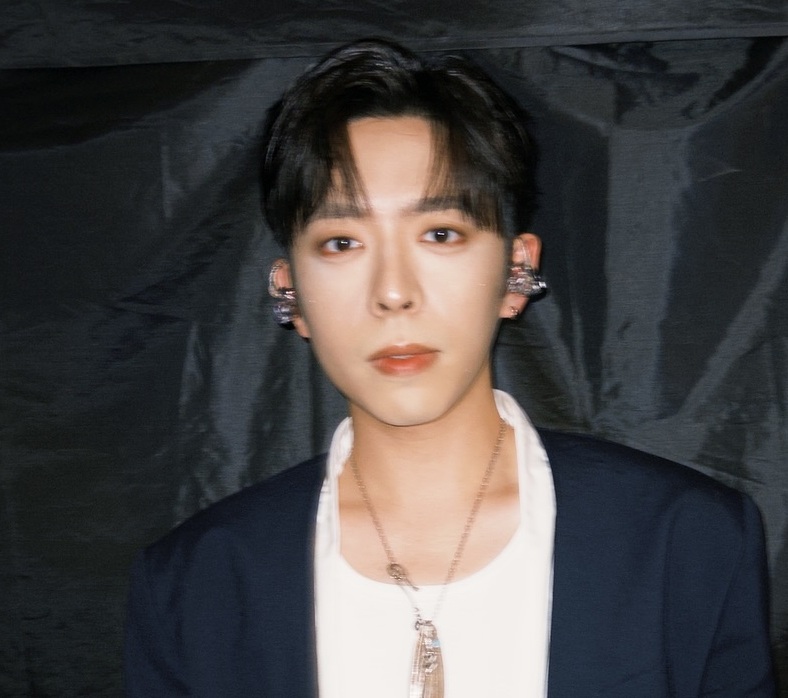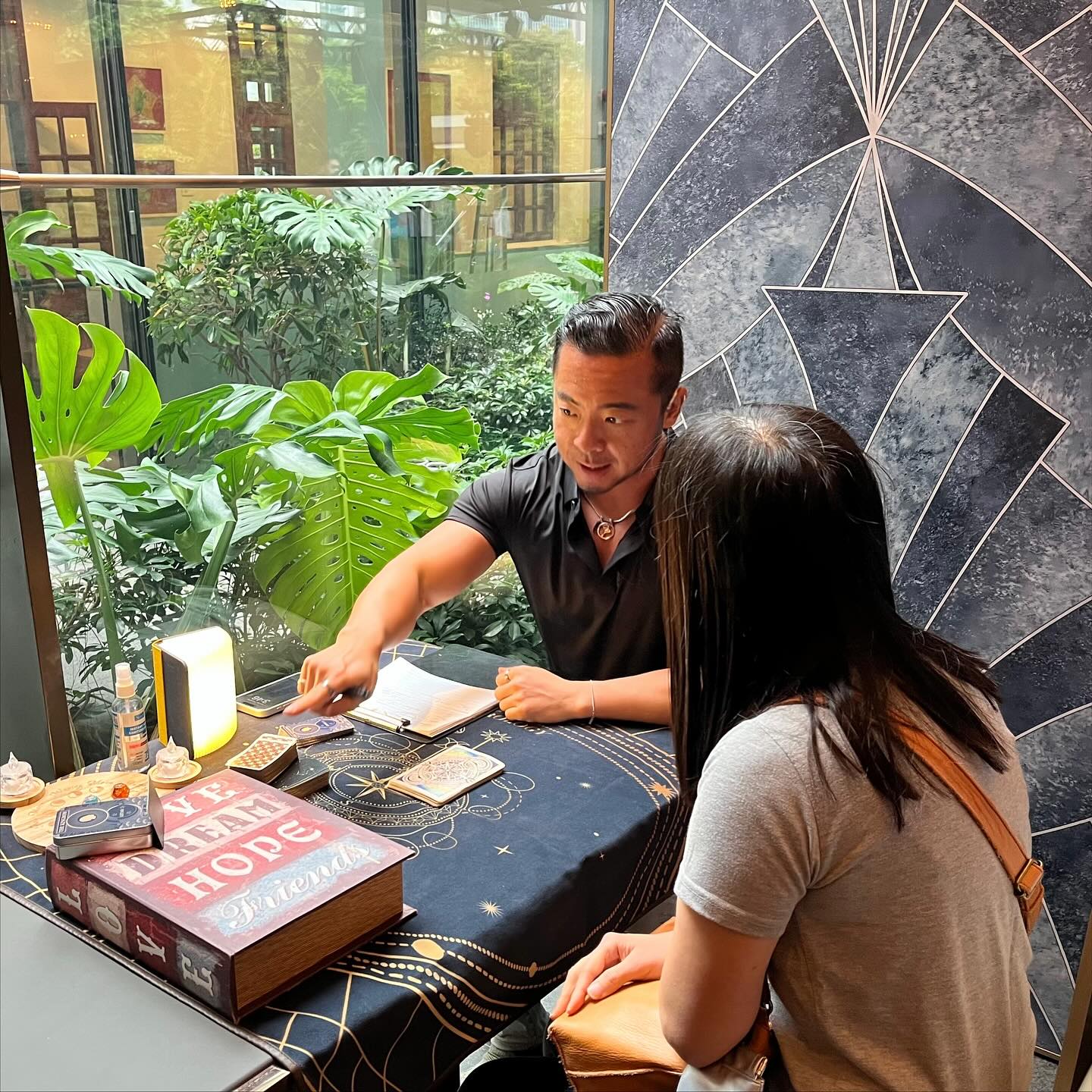When an Italian fashion house interprets a Japanese glass artist’s vision into its autumn/winter 2019 collection, chaos ensues. But somehow, among the calamity, shards of elegance can be found – and this is the surprisingly perfect marriage of juxtapositions that Weekend Max Mara is expressing in its upcoming collection
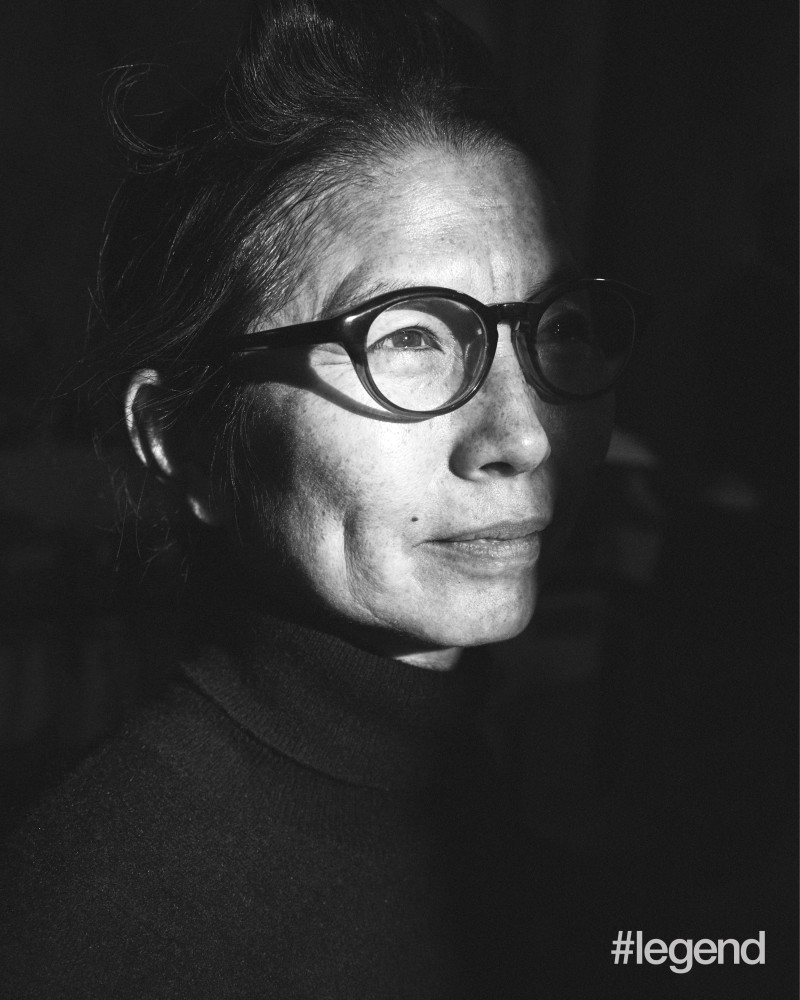
What really happens with you mix chaos with elegance? Weekend Max Mara gives us some insight with its signature collection for autumn/winter 2019, inspired by the Japanese-born, Venice-based glass artist Ritsue Mishima. The Chaotic Elegance collection is a blend of masculine and feminine identities, using her glass works as inspiration to create patchwork motifs mixed with exaggerated forms, as well as random and unexpected bursts of colours, cuts and finishes. It’s all about finding a connection between these contrasting themes – male and female, classic and casual – alongside the variety of fabrics, patchwork and colours. The use of Mishima’s glass throughout the collection also adds to the perfect storm.
Since Mishima’s work had been on Max Mara’s mood board as inspiration from the very beginning of the creative process, the two teamed up together to present the collection alongside the artist’s bespoke installation Trasluce at Milan Fashion Week. At the reveal, Mishima created strings of colourless blown-glass pearls that were hung from the ceiling alongside a transparent space filled with her work, which focused on the way the light was caught by the glass and filtered through its surface.
In order to achieve this perfect balance with the light hitting the glass just right, Mishima had to measure and study the space. She explains, “The transparency of glass is a key to express light, different traits of light, and it is expressive in the way it embodies the surrounding environment.” Max Mara’s use of softer material in the collection embodies what the artist sees in the beauty of glass. We sat down with Mishima to get the low-down on collaboration and inspiration.
How does it feel, being an inspiration for somebody?
I never expected that I would be an inspiration for someone, so it’s a little intriguing, but of course, I’m also excited and happy about it. I like how, from my work as a glass artist, I get to meet people from all different industries.
Before you worked with glass, did you experiment with different types of materials?
I have worked with different materials. I do installation designs as well, which use a lot of different materials. If I didn’t have to tour, maybe I would be able to experiment on an artwork with acrylic.
Would you ever consider becoming a fashion designer?
Hmm… I think I do have the talent! I think I’m pretty good at giving fashion advice and I personally think I’m an excellent buyer, so maybe I could be part of a fashion team? [laughs]
If you had to imagine your dream piece of clothing, what would it look like?
I’d want to make something with interesting patterns and materials – something special and interesting, and a little contemporary.
How would you describe your own personal fashion style?
I quite like something traditional that uses quality material. I also enjoy clothing with playful patterns and designs.
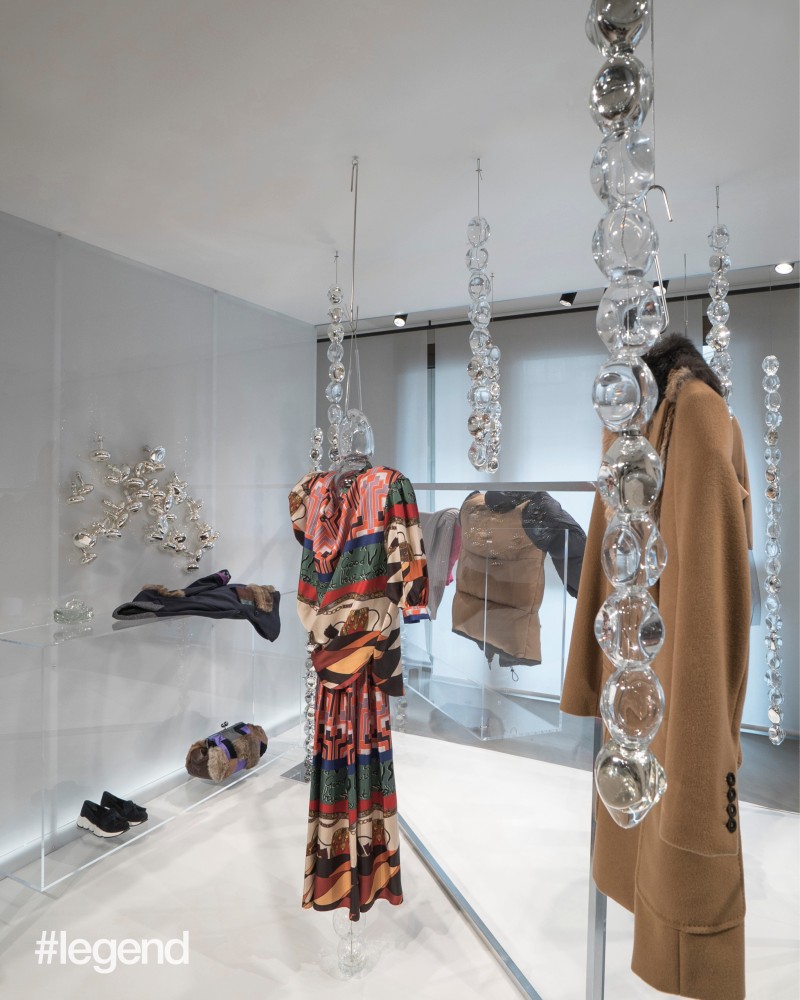
You were born in Japan, and now you live in both Venice and Japan. What is the difference between the two places?
It’s 360 degrees – completely different! Italians are more passionate, and very warm and welcoming. It’s kind of healing. Japanese are more formal and they really pay attention to detail. They care about shape, formality, your hair, what people think…
Living in both places and working as an artist, what have you learned from Kyoto and Venice?
Many, many things – countless things. There are a lot of things to learn from living between two places, constantly going back and forth. For example, Italians are very disorganised, but they’re good at being flexible. That makes them very concentrated, even with a bunch of tasks on hand. Italians are also very welcoming and I’m trying to learn that from them.
Besides the artwork of Italy and Japan, how do you find the fashion?
In terms of fashion, I think Asians are very good at playing with what they have. Although a lot of Asian countries have their own traditional items, like Japan has kimonos, I think they’re really good at mixing in European clothing and adding local elements. They look good and it shows they’re having fun with their outfits. For Italians, in general, the women are very good at sharing femininity. In Asia, they’re not very good at showing how feminine they are. For example, with Comme des Garçons, you really don’t see something very glamorous with a low cut. Their silhouettes are more straight and boxy.
It seems like Japanese designers build a shape away from the body, but with European designers, they build the shape for the body.
I absolutely agree – it really is a huge difference.
What does “chaotic elegance” mean to you?
I see “chaotic elegance” as being playful with your look, but also incorporating elegant elements. I think people should find something that represents their confidence and class, but not forget to add playfulness into it. #
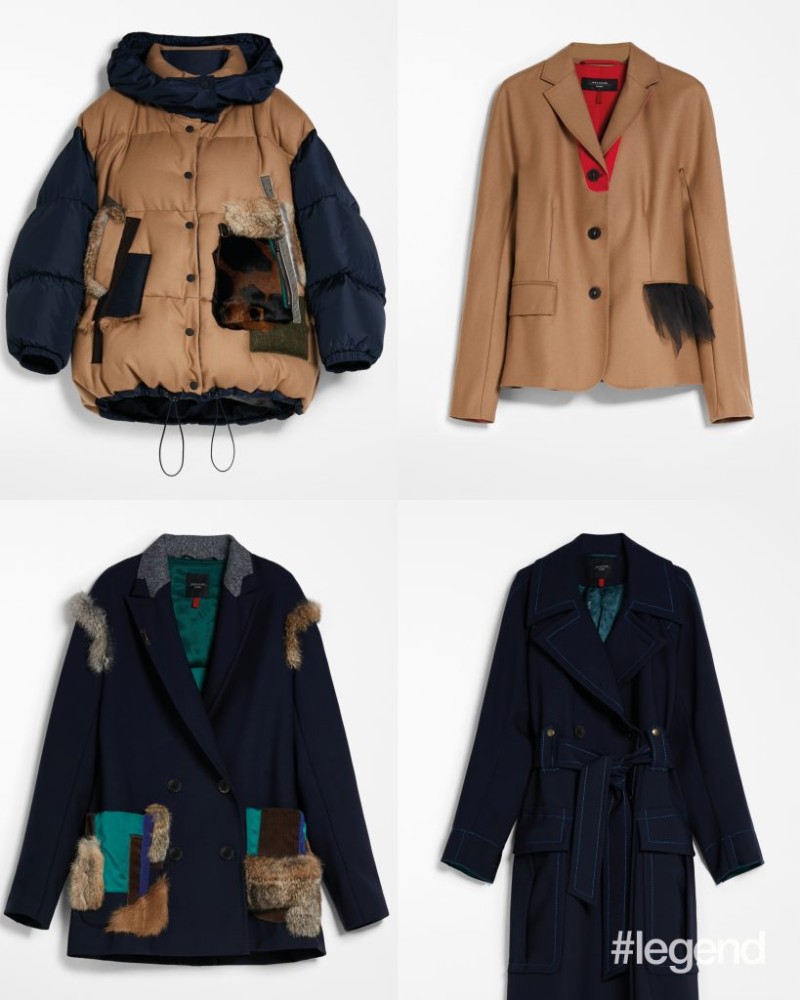

PHOTOSHOOT COMING
STAY TUNED FOR MORE ON AUGUST 20th
Text / Thomasin Wadsworth
Interview / Kieran Ho



